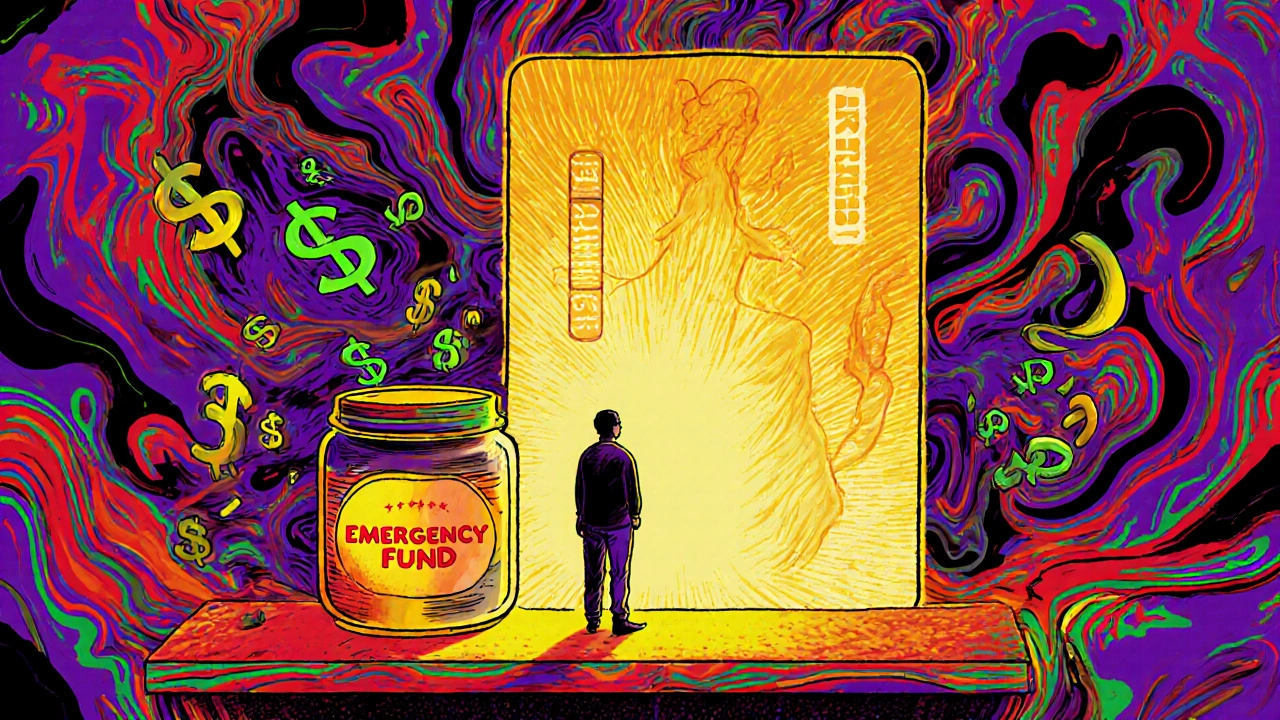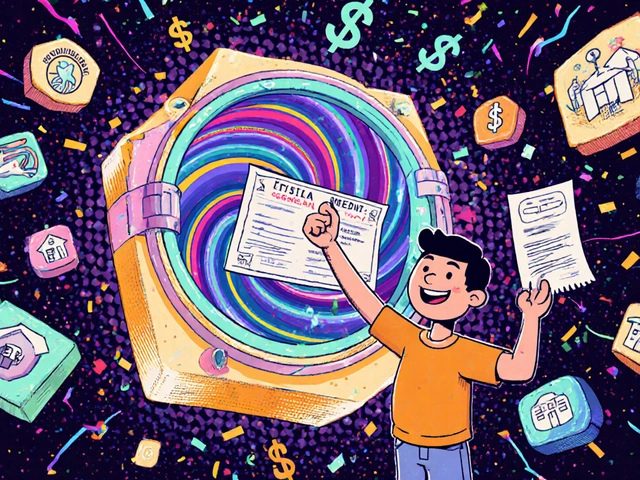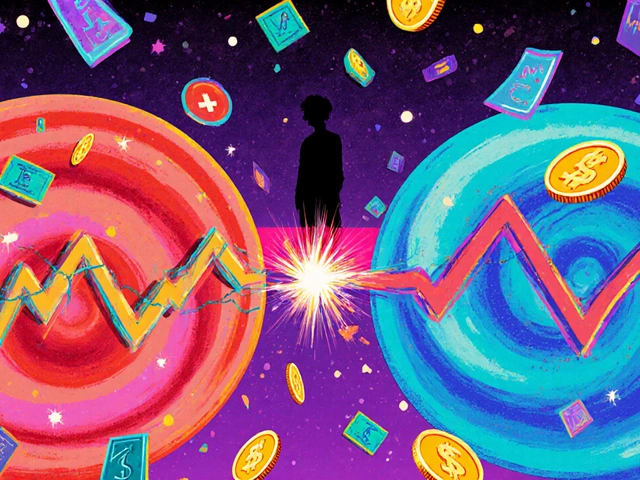Emergency Fund Myths: What’s Really Holding You Back
When people talk about an emergency fund, a cash reserve set aside for unexpected expenses like car repairs, medical bills, or job loss. Also known as a financial safety net, it’s supposed to keep you from going into debt when life hits hard. But most of what you’ve heard about it is wrong. You don’t need $10,000 right away. You don’t need it in a separate bank account. And you definitely don’t need to wait until you’re debt-free to start one.
The biggest myth? That an emergency fund, a cash reserve set aside for unexpected expenses like car repairs, medical bills, or job loss. Also known as a financial safety net, it’s supposed to keep you from going into debt when life hits hard. is a luxury. It’s not. It’s the difference between surviving a flat tire and drowning in credit card interest. Real people—teachers, gig workers, nurses—don’t wait for perfect conditions. They start with $500. Then $1,000. Then enough to cover one month of rent and groceries. That’s it. You don’t need a fancy high-yield savings account. You don’t need to automate $200 a week. You just need to start putting something aside, even if it’s $10 a paycheck. And you need to stop listening to people who say you can’t build one while paying off debt. That’s nonsense. The debt snowball, a method where you pay off smallest debts first to build momentum. Also known as a debt avalanche, it’s a popular strategy, but it often ignores the emotional toll of living without a buffer. works better when you’ve got a small cushion. If your car breaks down and you have to charge it, you’re right back where you started.
Another myth: your emergency fund has to sit in a boring savings account. What if you could earn a little more without risking access? Some people use money market accounts. Others use short-term CDs with no penalty for early withdrawal. The point isn’t the account—it’s that the money is there when you need it, and nowhere else. You can’t use it for vacations, new phones, or impulse buys. That’s not an emergency fund. That’s just bad budgeting. And if you’re thinking, ‘I’ll just use my credit card,’ you’re already behind. Credit cards don’t fix emergencies—they make them bigger.
Here’s the truth: you don’t need to be perfect. You don’t need to follow someone else’s rulebook. You just need to start. And you need to stop believing the stories that keep you stuck. The people who say you need six months’ worth? They’re not talking to someone who just got laid off with $2,000 in savings and a $1,500 monthly rent. They’re talking to someone with a six-figure salary and no kids. Your emergency fund isn’t a competition. It’s insurance. And like any good insurance, it’s only useful if you have it when you need it.
Below, you’ll find real stories, real strategies, and real mistakes people made—and fixed—when building their safety nets. No fluff. No theory. Just what works when your paycheck isn’t enough and the bills keep coming.





